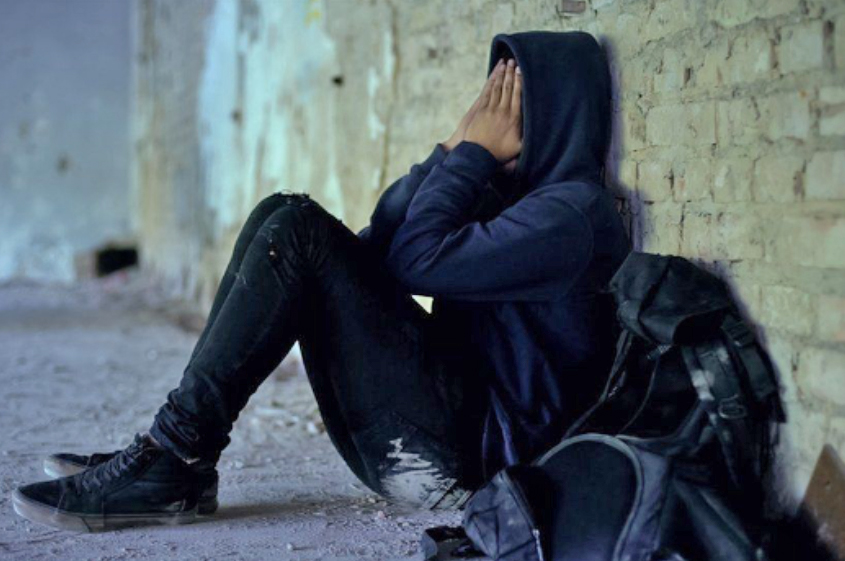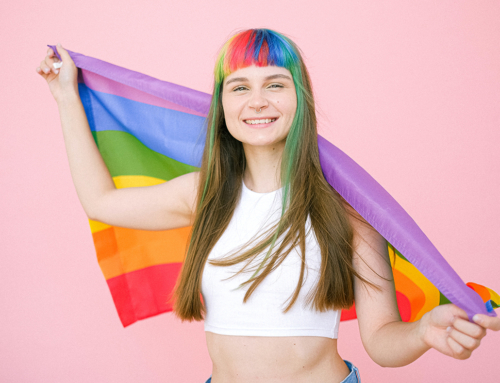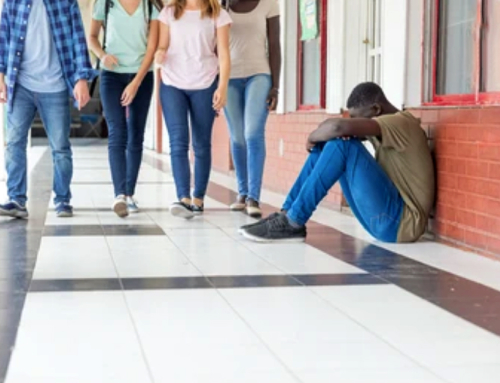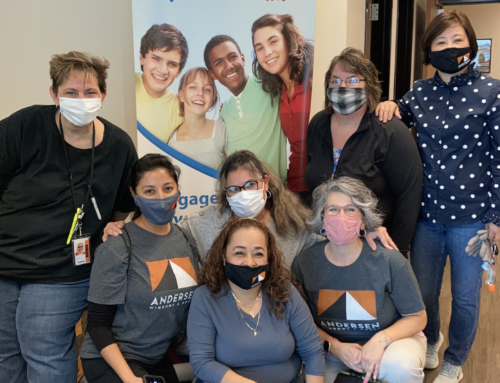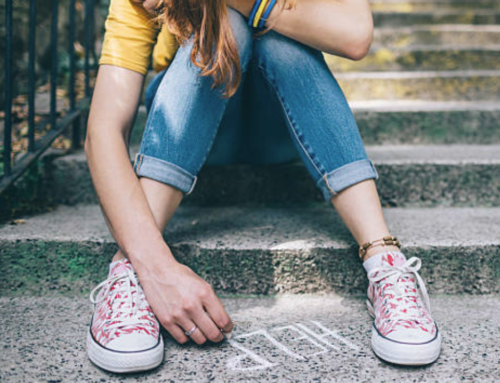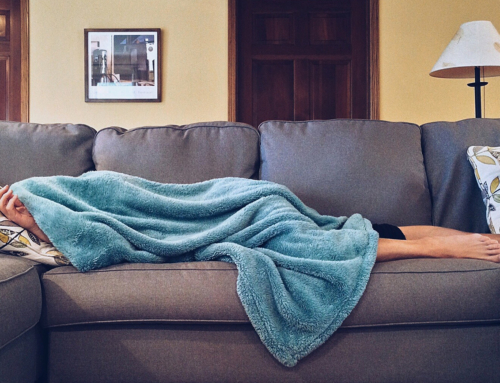How Race Impacts Youth Experiencing Homelessness
Structural racism and inequality—in housing, child welfare, education, credit and lending, policing, and health care delivery—have long contributed to an over-representation of Black people among our neighbors experiencing homelessness.
The Bassuk Center, through its Supporting Partnerships for Anti-Racist Communities (SPARC) program, found that after receiving services meant to alleviate homelessness, African American youth were twice as likely as white youth to return to homelessness. And while Hispanic/Latinx families receive higher priority for rapid re-housing than do non-Hispanic/Latinx families, they receive lower priority for permanent supportive housing, which is necessary for people to regain the stability necessary to stay in their homes.
African Americans, despite making up just 13% of the U.S. population, account for a staggeringly disproportionate chunk of the nation’s homeless population, according to a government report. According to the 2019 Point In Time (PIT) count, an estimated 568,000 Americans experienced homelessness, with African Americans making up about 40% of that total. Latinos account for a share of the homeless population (22%) that is slightly higher than their share of the general population (18%).
Dr. Marian Moser Jones of the University of Maryland School of Public Health suggests that the causes of homelessness differ between perceived races. Social discrimination and disadvantage could play a larger role in Black homelessness, while individual illness or disability could be a bigger contributor to white homelessness. Hispanic individuals appear to be underrepresented in the homeless population because they are more likely to live with family members, though incarceration history is a significant cause of homelessness.
David Hewitt, director of the Hennepin County Office to End Homelessness in Minneapolis, is a native of England, and has worked in homelessness programs throughout the United Kingdom. But when he moved to the United States several years ago, Hewitt said he was shocked.
“Racial disparities exist pretty much everywhere you go,” said Hewitt. “But here in the U.S., it was striking.” He noted that in every shelter, food bank, and drop-in center for the homeless, the overwhelming majority of people being served were black or brown.
People of color are more likely to get pushed into homelessness because they are more likely to have a criminal record, which makes it tough to find housing or a job. Or they have a past eviction. Or they have money to pay the rent but can’t afford the security deposit to move into a new place. Perhaps the landlord doesn’t accept housing vouchers.
Among young people facing homelessness, the statistics illustrate even greater disparities. The SPARC program studied youth homelessness in six U.S. communities (Atlanta, GA; Columbus, OH; Dallas, TX; San Francisco, CA; Syracuse, NY; and Pierce County, WA) and found that Black youth were the most overrepresented group among all young people facing homelessness ages 18-24. Black youth accounted for 78% of this population, and all young people of color accounted for nearly 90%.
“People of color are dramatically more likely than white people to experience homelessness in the United States. This is no accident; it is the result of centuries of structural racism that have excluded historically oppressed people—particularly Black and Native Americans—from equal housing, community supports, and opportunities for economic mobility,” asserts the SPARC program report.
According to statistics cited by the Movement for Black Lives (M4BL), about 1 in 3 Black and American Indian/Alaska Native children and 1 in 4 Latinx children live below the poverty line in the U.S., compared to 1 in 9 white children. In 2019, Black families comprised just over half (52%) of all families experiencing homelessness, according to HUD. In 2016, about 25% of the children and youth in foster care were Black.
Racism negatively impacts a young person’s sense of self. As teens, young people establish critical aspects of their identity within the various environments, influences and exposures that surround them.
Racism is what psychologists and social workers call an “adverse childhood experience,” or ACEs. Initially considered to be related primarily to trauma that youth experience in the home, such as abuse and neglect, ACEs are now understood to include stressors that occur outside the home as well, such as community violence, living in unsafe neighborhoods, and racial discrimination.
Unhealed, race-based trauma can lead to the internalization of negative thoughts and beliefs for both the individual and community. Adverse childhood experiences, including racism, have been found to lead to physical health conditions such as heart disease, autoimmune disorders, cancer, emphysema, diabetes, and fractures, and to mental health conditions such as substance use, depression, anxiety, and post-traumatic stress disorder. Persistent feelings of hopelessness, anger and powerlessness can result in severe mental illnesses as adults.
Systemic racism has caused a wide distrust in healthcare among the Black community and a reduced likelihood of seeking mental health services. Research tells us that the presence of caring adults and positive relationships are protective factors that can mitigate the harsh effects of ACEs, including racism. With the right set of supports, young people of color can overcome ACEs and live their full potential.
In our roles as youth advocates, we are engaged in conversations about ending youth homelessness in our communities. However, the issue of racial equity is rarely part of these conversations. To fully embrace a trauma-informed approach, we must add an additional lens: racial justice.
References:
Allen, K. (2020, January 22). More than 50% of homeless families are black, government report finds. Abc News. https://abcnews.go.com/US/50-homeless-families-black-government-report-finds/story?id=68433643
Clark, B. (2019, March 29). ‘A Pileup of Inequities’: Why People of Color Are Hit Hardest by Homelessness. PEW. https://www.pewtrusts.org/en/research-and-analysis/blogs/stateline/2019/03/29/a-pileup-of-inequities-why-people-of-color-are-hit-hardest-by-homelessness
Covenant House. Racial Discrimination. https://www.covenanthouse.org/homeless-issues/racial-discrimination
Mensah, A. (2020, August 10). Racism, Trauma and Mental Health. Homeless Children’s Network. https://www.hcnkids.org/post/racism-trauma-and-mental-health
Supporting Partnerships for Anti-Racist Communities (SPARC), Bassuk Center, report, 2018.

